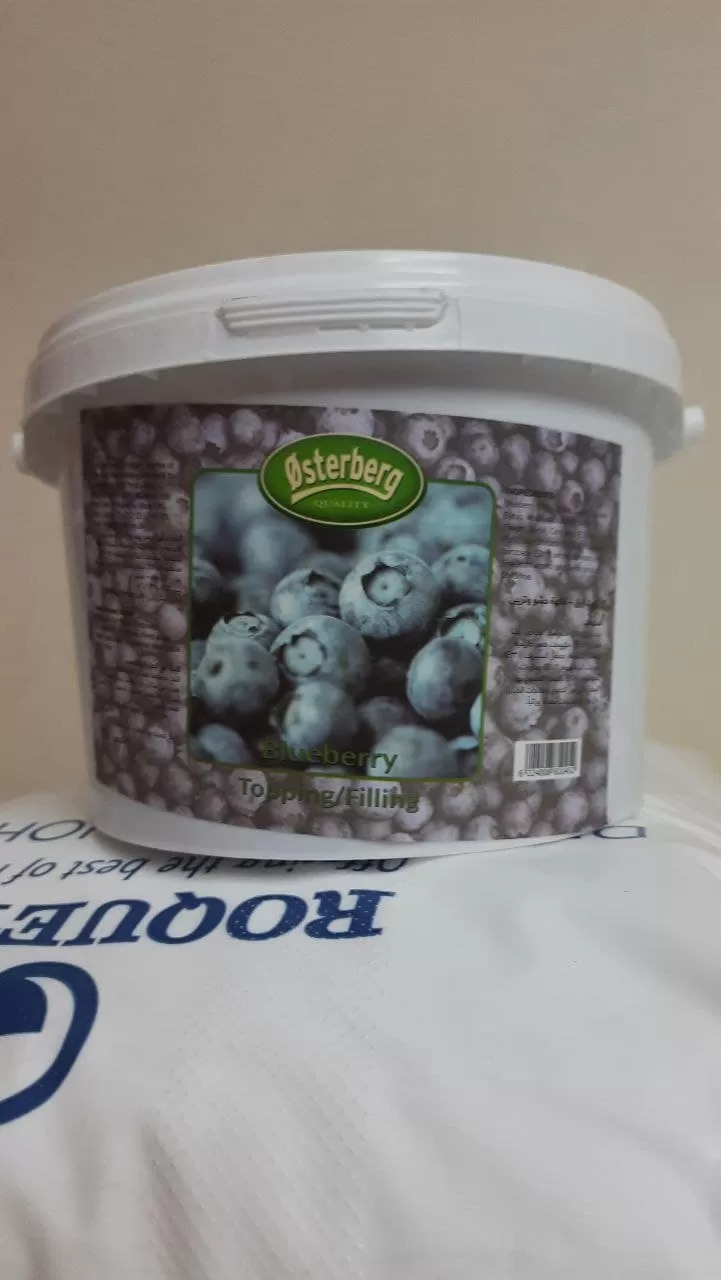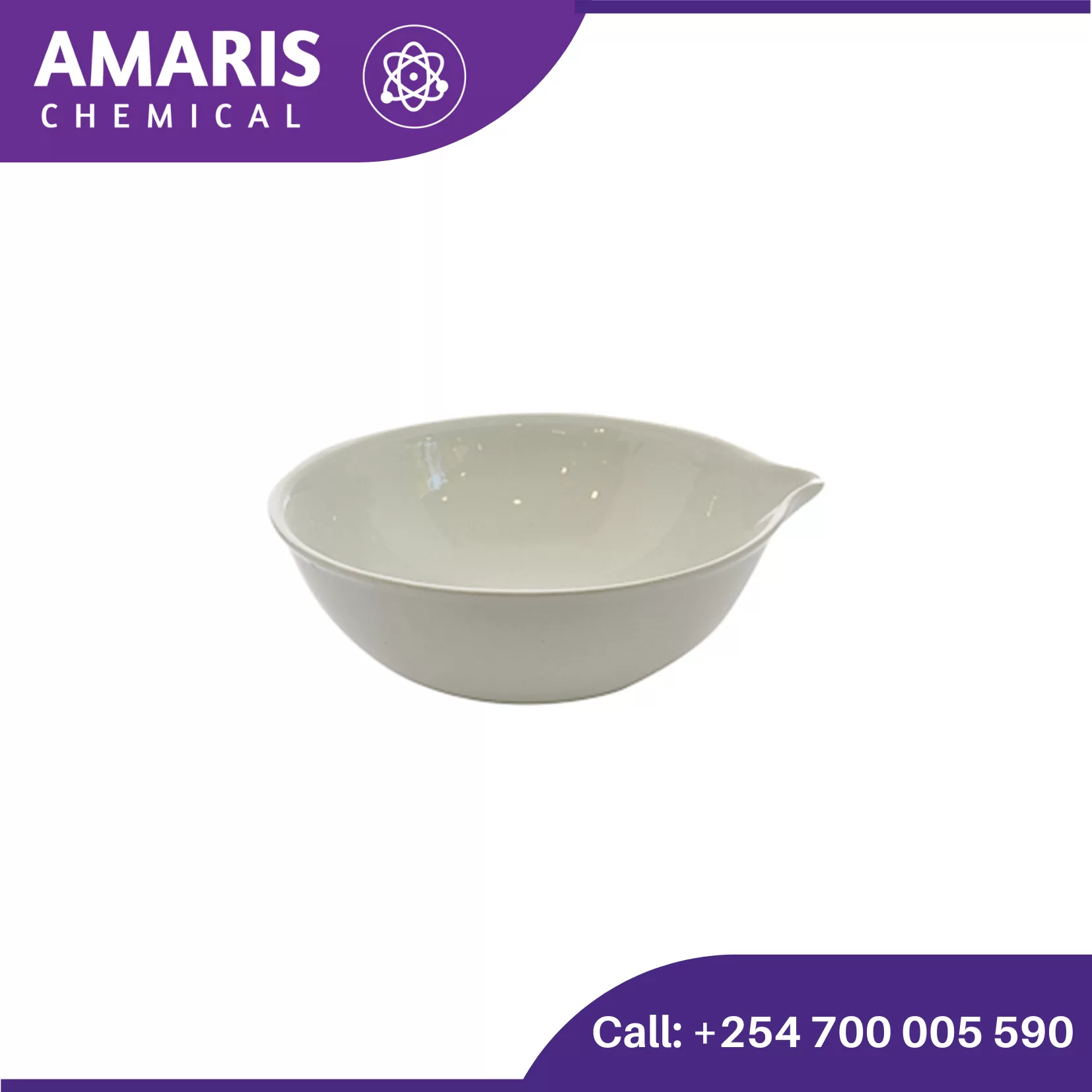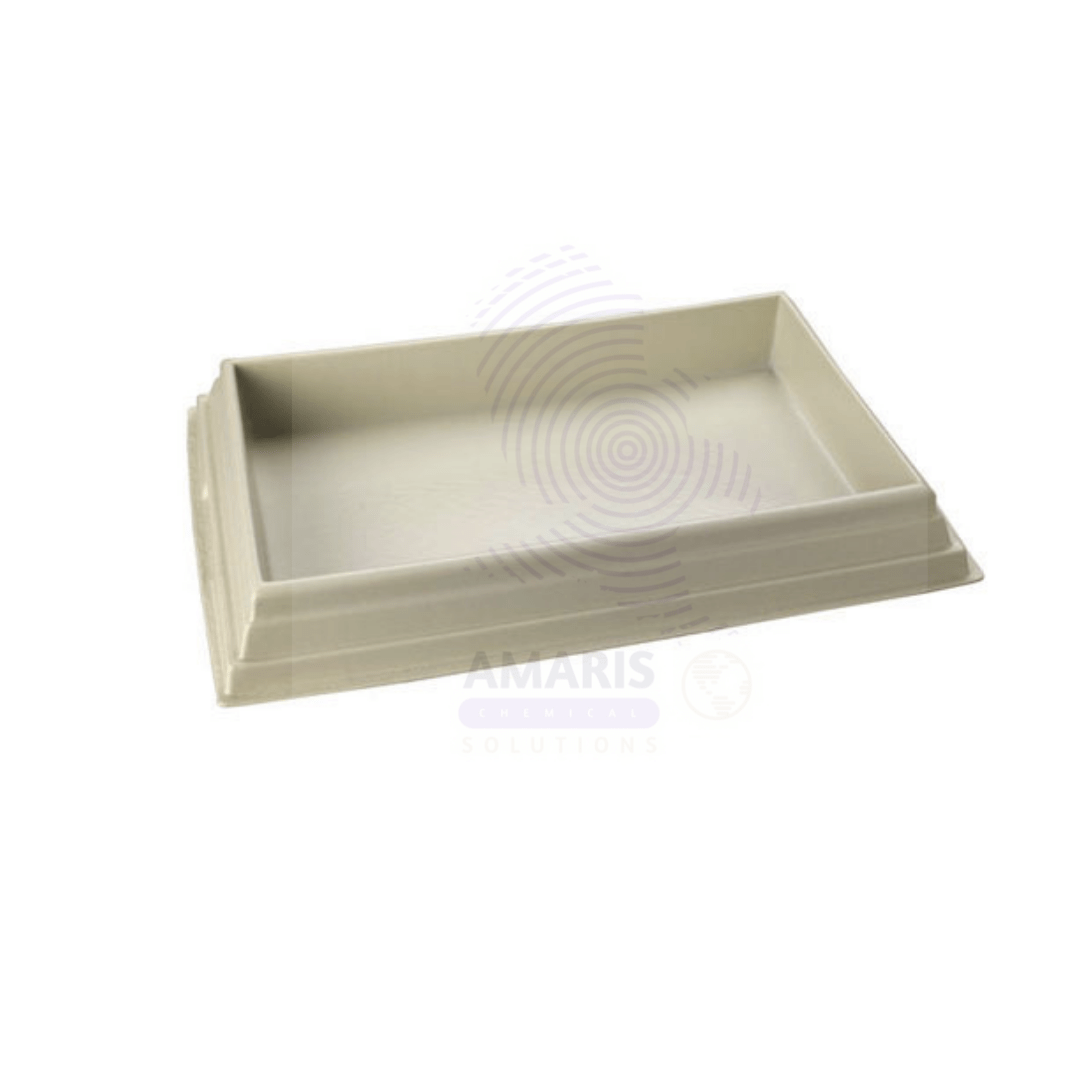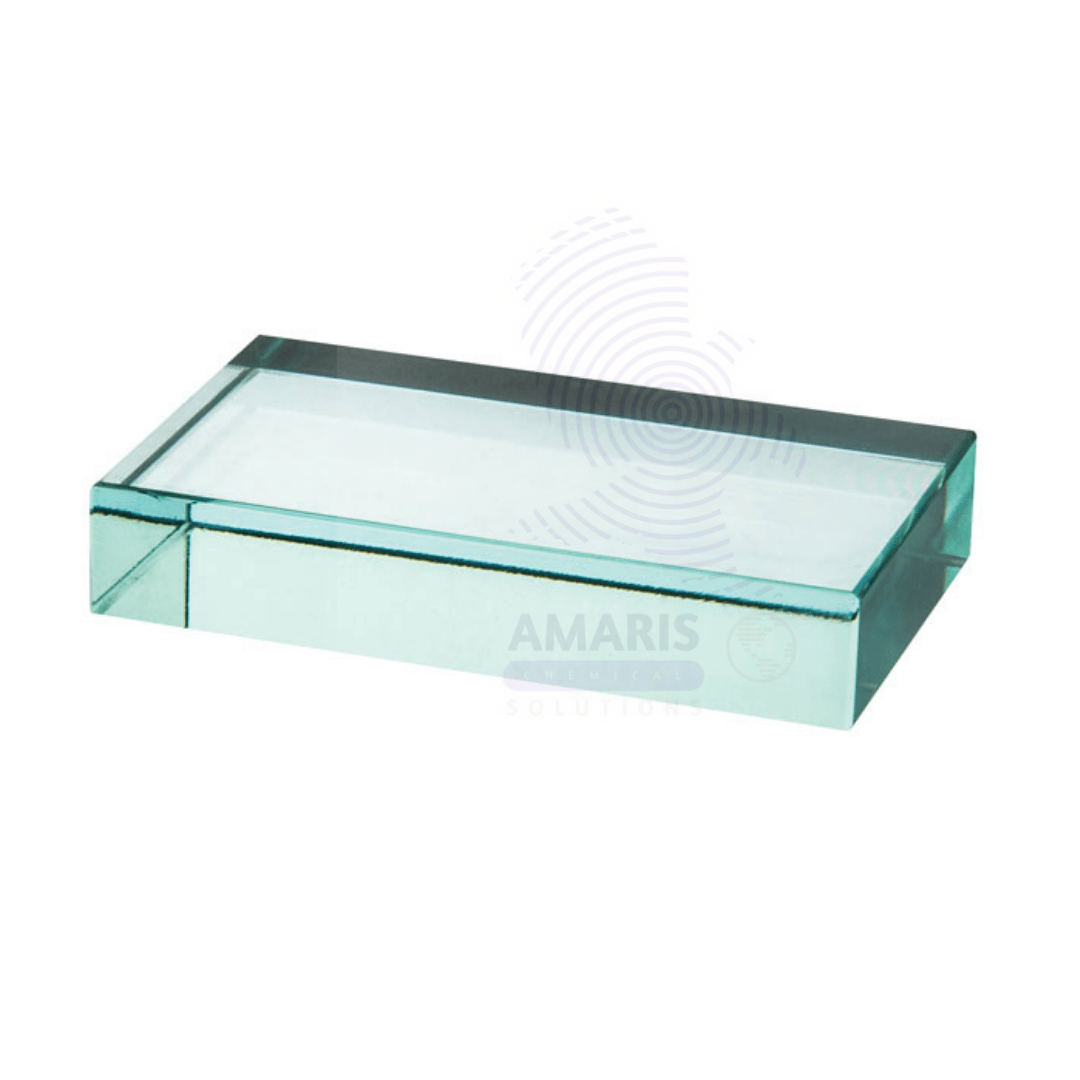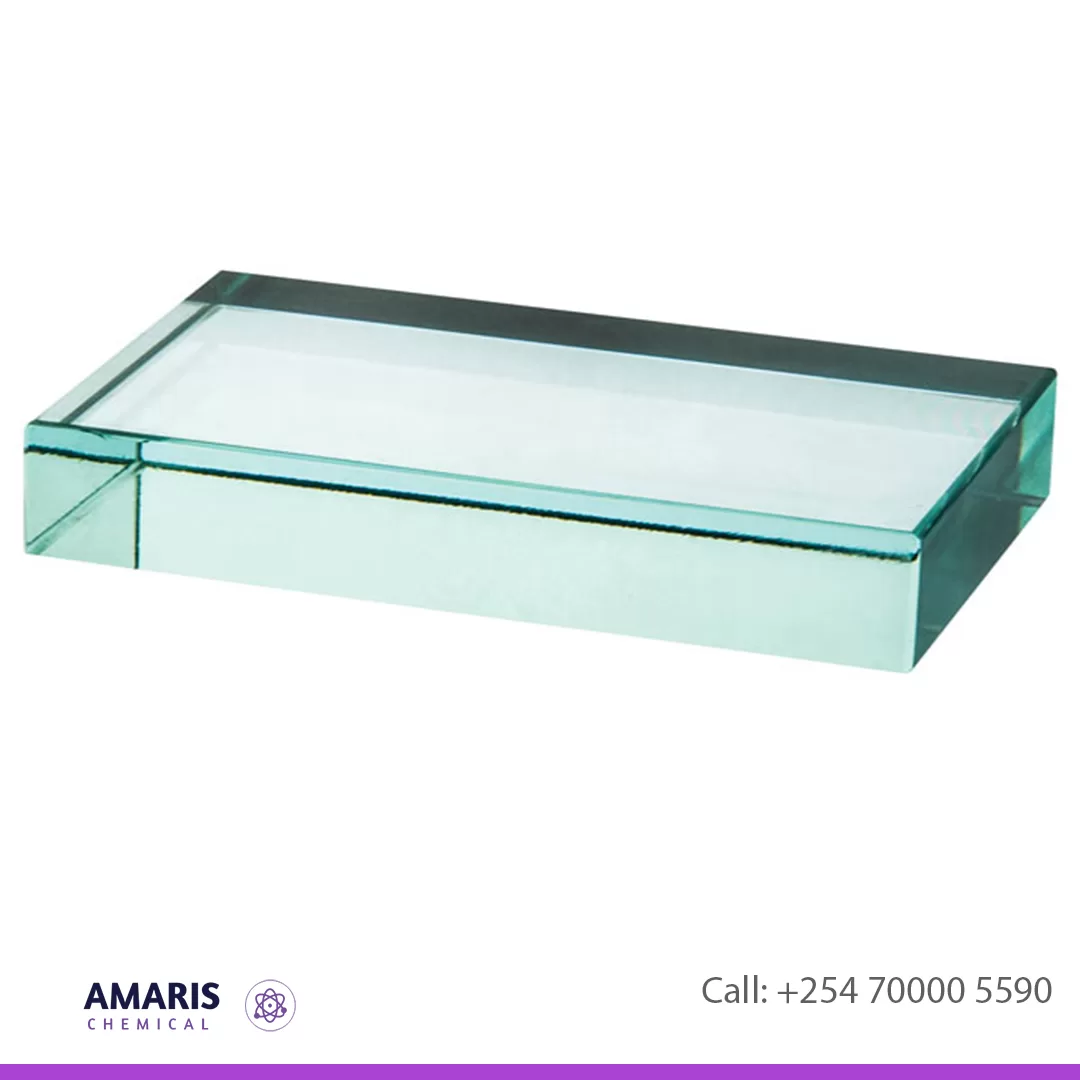“Lycasin Liquid sugar replacers” has been added to your cart. View cart
Xylanase baking enzymes
$0.01
Shipping & Delivery


MAECENAS IACULIS
Vestibulum curae torquent diam diam commodo parturient penatibus nunc dui adipiscing convallis bulum parturient suspendisse parturient a.Parturient in parturient scelerisque nibh lectus quam a natoque adipiscing a vestibulum hendrerit et pharetra fames nunc natoque dui.
ADIPISCING CONVALLIS BULUM
- Vestibulum penatibus nunc dui adipiscing convallis bulum parturient suspendisse.
- Abitur parturient praesent lectus quam a natoque adipiscing a vestibulum hendre.
- Diam parturient dictumst parturient scelerisque nibh lectus.
Scelerisque adipiscing bibendum sem vestibulum et in a a a purus lectus faucibus lobortis tincidunt purus lectus nisl class eros.Condimentum a et ullamcorper dictumst mus et tristique elementum nam inceptos hac parturient scelerisque vestibulum amet elit ut volutpat.
Related products
Plastic dissecting tray without wax
A plastic dissecting tray used in a lab typically serves as a sterile, flat surface where specimens can be dissected and examined. These trays are often designed with grooves or depressions to contain fluids, ensuring a clean and organized workspace. They're commonly made of durable, chemical-resistant plastic for easy cleaning and reuse. The trays usually come in various sizes and shapes to accommodate different types of specimens and experiments, ranging from small animals in biology labs to larger organs in medical settings. They're an essential tool for teaching and conducting experiments in biology, anatomy, and related fields.
Rectangular Glass Block
Rectangular glass blocks are commonly used in laboratory settings for various purposes. Here are some common uses:
- Windows: In laboratory buildings, rectangular glass blocks are often used as windows to allow natural light into the space while maintaining safety and privacy.
- Partition Walls: Glass blocks can be used to construct partition walls within the laboratory, separating different work areas while still allowing visibility and light transmission.
- Observation Windows: In controlled environments such as cleanrooms or containment labs, rectangular glass blocks may be installed as observation windows, allowing researchers to monitor experiments or processes from outside the controlled area.
- Fume Hood Windows: Glass blocks are sometimes used as windows in fume hoods, providing a transparent barrier between the user and hazardous chemicals or fumes while still allowing observation of experiments.
- Light Transmission: Glass blocks can also be used in experimental setups where controlled light transmission is required, such as in optical experiments or photobiology studies.
- Decorative Elements: In some cases, glass blocks are used for aesthetic purposes in laboratory design, adding visual interest to the space while still providing functional benefits like light transmission and visibility.

















